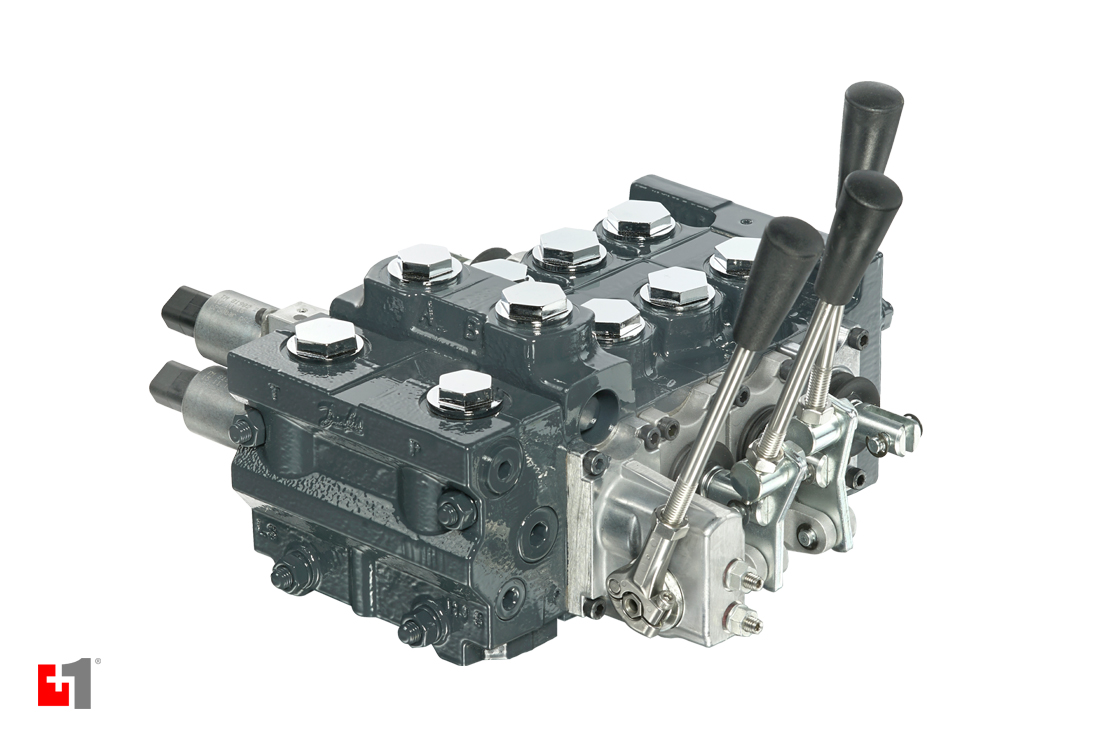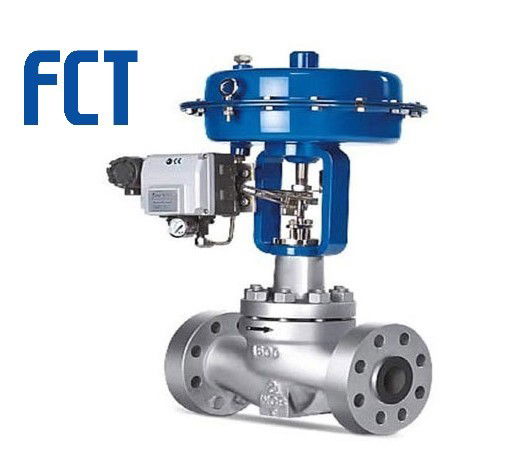Optimizing System Control with High-Performance Control Valves
Optimizing System Control with High-Performance Control Valves
Blog Article
Achieve Seamless Integration and Control With Top Quality Building Automation Controls
In the realm of modern building management, the importance of high quality structure automation controls can not be overemphasized. Welcoming high quality building automation controls is not merely a matter of comfort however a tactical imperative for organizations intending to enhance their centers' performance and sustainability.

Development of Building Automation Controls
Throughout the past few decades, the advancement of constructing automation controls has actually dramatically changed the method structures are managed and operated. Constructing automation systems mainly focused on standard features such as managing air, heating, and ventilation conditioning (A/C) systems. As modern technology advanced, these controls have actually become a lot more advanced, permitting for a broader variety of structure systems to be incorporated and handled centrally.
The advancement of building automation controls has seen a shift towards more intelligent systems that can adjust to altering conditions in real-time. This adaptability is critical for enhancing energy efficiency and ensuring passenger comfort. In addition, modern structure automation controls currently offer functions such as predictive maintenance, remote tracking, and data analytics, allowing facility supervisors to make data-driven choices to improve structure performance.

Advantages of High Quality Assimilation
The advancement in building automation manages towards even more smart systems has highlighted the considerable advantages of top quality combination in maximizing structure procedures and boosting overall performance. This central control likewise gives better exposure and understandings into building performance, allowing aggressive upkeep and optimization approaches. In general, the benefits of top quality assimilation in structure automation controls are obvious, using enhanced performance, convenience, and operational performance.
Boosted User Experience and Accessibility
Enhancing individual interaction with building automation manages via instinctive style and boosted accessibility raises the overall experience for owners and center supervisors alike. By concentrating on customer experience, building automation systems can come to be much more effective and easy to use. Intuitive interfaces, clear navigating, and customizable setups encourage individuals to interact with the controls conveniently and efficiently.
Availability features play a critical duty in guaranteeing that all individuals, consisting of those with impairments, can make use of the structure automation manages easily. Integrating functions such as voice commands, tactile switches, and color-contrasted displays can enhance availability and make the controls a lot more inclusive.
Additionally, enhanced customer experience brings about greater customer fulfillment, enhanced productivity, and better decision-making. Owners can readjust environmental setups according to their preferences, while useful reference center managers can effectively take care of and monitor building systems - control valves. In general, prioritizing user experience and ease of access in building automation manages contributes to a more seamless and effective building environment for all stakeholders entailed
Sustainable Practices With Automation

Furthermore, automation can help with the integration of renewable resource resources such as photovoltaic panels or wind turbines right into building operations. By automatically readjusting power usage based upon the availability of renewable resource, structures can even more reduce their pop over here dependence on non-renewable resources. This seamless assimilation of sustainable techniques not just profits the setting yet likewise enhances the overall functional performance and cost-effectiveness of the structure. Via automation, buildings can align with contemporary sustainability objectives and contribute to a greener future.
Future Trends in Building Control Systems
One noticeable pattern forming the future of structure control systems is the boosted integration of Artificial Knowledge (AI) and device knowing. Furthermore, the Net of Things (IoT) is transforming building control systems by linking sensing units and devices to improve operations and enhance effectiveness.
One more essential pattern is the emphasis on cybersecurity actions to protect versus prospective hazards to constructing automation systems. As buildings come to be extra interconnected, guaranteeing robust cybersecurity methods will certainly be necessary to safeguard delicate information and prevent unapproved gain access to.
In addition, the shift towards cloud-based systems is gaining energy, permitting centralized control and remote access to structure systems. This facilitates easier tracking, upkeep, and updates, boosting the general efficiency and flexibility of structure control systems. As technology remains to development, these trends are anticipated to shape the future landscape of structure automation controls, driving innovation and sustainability in the constructed setting.
Conclusion
Future patterns in structure control systems are likely to focus on further boosting automation capabilities for boosted energy effectiveness and total efficiency. It is vital for building owners and drivers to prioritize the adoption of high quality building automation regulates to optimize building operations and accomplish long-lasting sustainability goals.
In the realm of contemporary structure management, the value of top quality structure automation controls can not be overstated. In general, visit this page the advancement of structure automation manages proceeds to drive advancement in the structure monitoring market, using brand-new possibilities for creating smarter and a lot more lasting structures.
The advancement in structure automation controls in the direction of even more smart systems has actually highlighted the substantial advantages of top quality integration in optimizing building procedures and enhancing overall effectiveness. Generally, focusing on customer experience and accessibility in structure automation manages contributes to an extra seamless and productive structure environment for all stakeholders involved.
It is crucial for structure proprietors and drivers to prioritize the fostering of quality building automation controls to enhance structure procedures and attain lasting sustainability goals. - control valves
Report this page